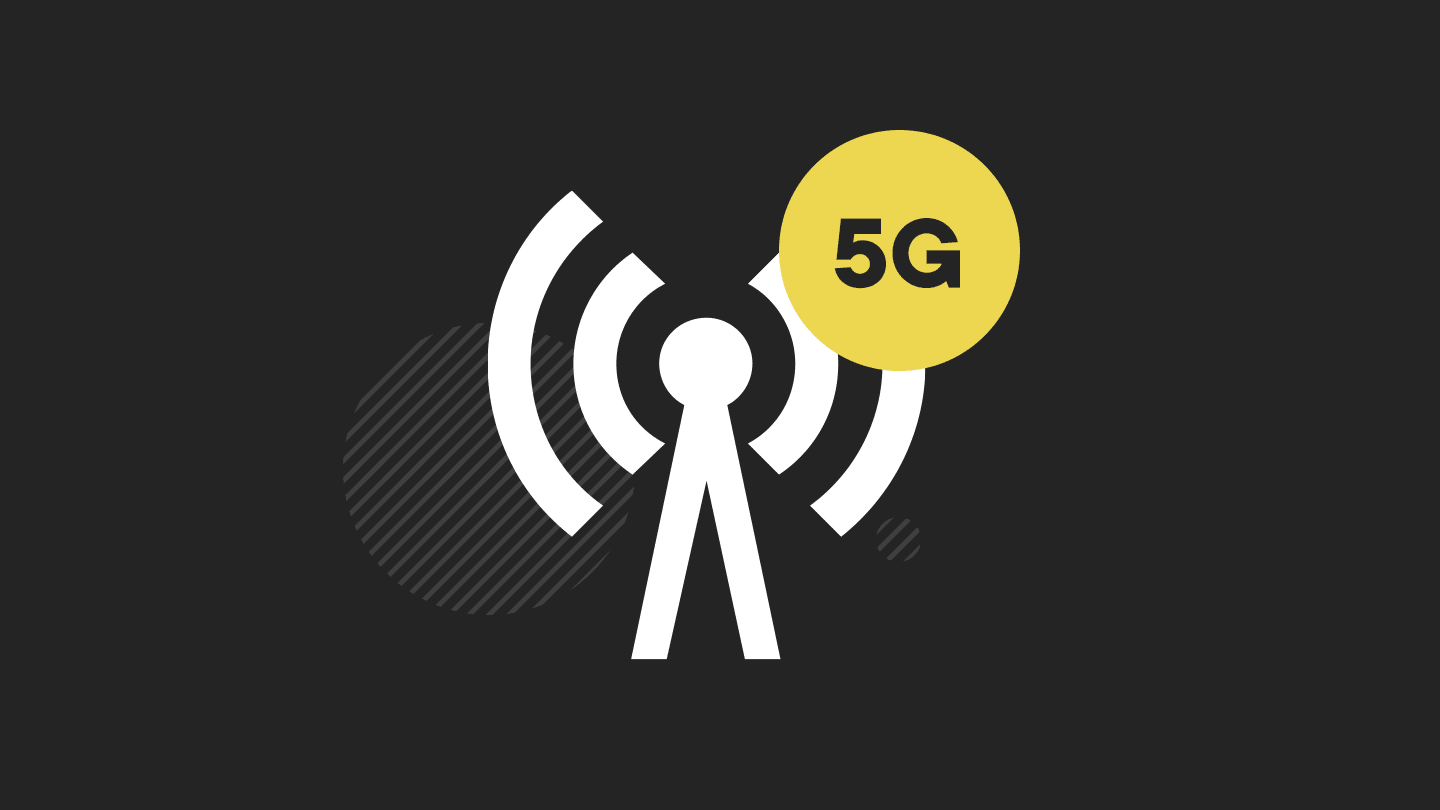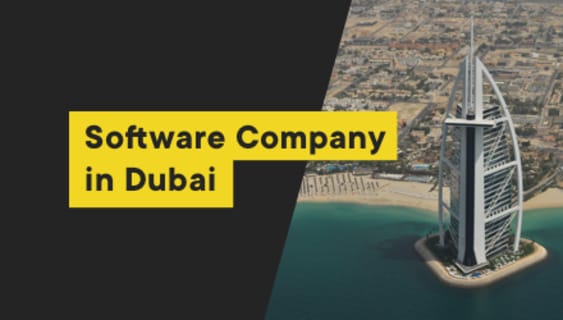5G in the Middle East – MENA leads the way
5G is the next level in wireless communication. With the necessary global protocols agreed, networks are being established around the globe. With huge potential benefits deriving from the boost in the possible speed and quantity of data transactions, the MENA region is among those leading the way.

Table of contents
If you’re waiting for new technology to transform our communications, bringing the virtual and the real into closer contact, then wait no long, commercial 5G is here.
And with the first networks currently being piloted and established around the world, the MENA region is in the vanguard. By 2025, region-wide 5G mobile services will be established, handling over 50 million connections and covering around 30% of the region’s population.
Let’s take a look at 5G: – what it is, what it’s capable of – and how we are seeing it play out across the Middle East and North Africa region.
What is 5G?
5G stands for fifth generation and is the latest advance in wireless communication standards. In other words, it’s a new world of networks, data transfer and (substantial) bandwidth upgrades promising to take our tech-enabled interactions to the next level.
To give just one example, 5G is expecting to break the download speed barrier of 20 GBps. To put that in context, the best 4G can offer is around 1GBps and often a lot more like 100MBps so 5G could be up to 200 times faster!
What is the difference between 5G and 4G?
One thing to note is that 5G may not always ‘replace’ 4G in a physical sense. In fact, current 5G use is often a case of new tech and protocols to enhance, boost and otherwise transform 4G built on and dependent on the current 4G setup. That said, standalone 5G networks are imminent and from a business and user perspective, there are some notable differences between the pure 4G network and the 5G or 5G-enhanced version:
- Speed of data transfer – as already mentioned, the headline benefit of 5G is its speed of throughput of data.
- Latency – while speed of throughput is about file size and transfers, latency is about how long it takes for two network devices to talk to each other and refers to the network delays that can slow data throughput down, resulting in stilted digital conversations. Latency depends on various factors but in ideal circumstances 5G has a latency of under a millisecond; to compare, that’s between 60 and 120 times less latency than 4G.
- The cloud – the increased capacity of 5G offers better machine to machine communications, enabling using your phone (well, your 5G phone when you get one) to access virtual machine. This means easy and reliable cloud services on mobile devices. However, it may also change how we use the cloud. After all, one of the cloud’s common uses is as a kind of ‘storage waystation’… if you want to send someone a large file (say, 1+GB) that’s too big for email or messaging, it’s common to upload it to the cloud from your 3G or 4G device and then the intended recipient downloads it to theirs. But with two 5G devices, it only takes a few seconds to send that file direct.
From the perspective of services available to users, 3G, 4G and also 5G can be seen as ascending stages of evolution. The classic 3G enabled web browsing, social media use, e-commerce and a huge variety of mobile apps. The still-expanding 4G brought us digital entertainment, IP comms, wearables, and fintech.
Finally, 5G promises immersive and augmented reality, live in-venue digital entertainment, and consumer robotics. Many of these 5G applications have been at least demonstrated and the concepts proven by MENA telecoms operators such as Etisalat, du, and Ooredoo.
How does 5G work?
As with any other cellular communications, the user’s device digitizes the data (sound, images, etc.) and transmits it to an antenna via radio wave. A wired optical fiber or wireless backhaul connection passes the data on to the internet which is used to transmit the data to the destination antenna and on to the receiving device.
Like 4G, a 5G network is a system of cells, each connected to the network backbone. The difference to 4G lies in the radio frequencies used to transmit and receive data between users’ devices and the cells’ antennas. As part of the 5G NR or 5G New Radio standard (as agreed by the 3rd Generation Partnership Project) 5G can use higher-band, short-distance, millimeter-wave frequencies (unused by 4G). This enables the cell’s antennas to support the MIMO technology (multiple input, multiple output) necessary for 5G’s rapid speeds, bandwidth breadth and multiple device capabilities.
However, these frequencies don’t travel so far (and have difficulty penetrating windows and walls) and so far, 5G networks depend on large numbers of ‘mini-antennas’ to ensure coverage. This is, of course, much easier in densely-occupied urban areas. For more rural coverage, 5G networks will use the sub-6GHz frequency used previously, combining with existing 4G coverage.
This choice of frequencies enables operators to choose the frequency spectrum that suits their geographical needs (i.e. urban, rural, high or low population density, etc.) The majority 5G pilots established so far in the MENA countries have focused on the 3.5Ghz frequency which so far offers the best solution to the region’s diversity of population, urbanisation and mobile development; though operators are looking to adopt the higher millimeter-wave frequencies as they become available.
Benefits and uses of 5G
A GSMA report, titled “5G in MENA” identifies three clear benefits of 5G adoption, both for the MENA region and globally:
- Improved mobile broadband – faster data exchange, enhanced cloud use, digital entertainment, eSports, and immersive reality applications.
- Internet of Things – IoT will be significantly enhanced, with applications for wearables, smart buildings, smart cities, etc.
- Low-latency communications – the leap in speed is expected to see improvements in industrial automation, robotics, self-driving cars, and even remote surgery.
Internet of Everything, here we come.
Specific 5G applications
Naturally, the benefits of a leap in communications speed and bandwidth has multiple applications in our information-based digital world. The direction and focus of MENA operators is typical in that services and applications targeting the enterprise sector:
- Smart cities – Arguably, urban zones are the playground of the Internet of Things. The Gulf region has one of the highest urbanisation rates in the world and IT technology and applications can help address issues of population density and growth. The increased capabilities offered by 5G can be used to improve living standards for citizens, tackling pollution, traffic congestion and even climate change. Currently, smart city initiatives are underway in Kuwait, Oman, Qatar, Saudi Arabia, and the UAE.
- Automotive – autonomous, self-driving vehicles are a commonly-cited use case for 5G technology due to the data demands (correlating high-precision mapping, real-time traffic data, and of course, driving!) The MENA region is seeing a large number of operators getting involved. Meanwhile, Dubai has set a target of 25% of all journeys within the city to be autonomous by 2030 and 5G will be instrumental in achieving that goal.
Other global uses include:
- Virtual/Augmented reality – VR headsets and glasses are still science fiction to most people but the technology is set to take off with 5G. The enhanced virtual experiences that 5G makes possible could be used in education, healthcare and remote surgery, and of course, entertainment.
- Industrial automation – machine learning algorithms combined with fast and responsive 5G connections promise to transform automated manufacturing processes.
- Healthcare – as well as the remote surgery mentioned above, another health application for 5G is remote monitoring of patients using connected devices to track heart rate, blood pressure and other bodily functions
Looking further into the future, the expectations in MENA are that 5G networks will benefit the mining, oil & gas, and tourism industries; all of which are of particular importance to the region.
5G challenges
Naturally, with the implementation of any new technology (especially when it enhances or supplants another) there are obstacles to overcome. And those faced in the MENA region are typical:
- Cost – upgrading can be expensive and 5G is no exception. The smaller cells and more antennas demanded by the higher radio frequencies mean investment is necessary and Deloitte have established that globally, $3.5trillion will be required between 2020 and 2035. That said, for users, the cost per megabyte on their device contracts is likely to fall.
- Regulation – the capacity of 5G to further transform our digitized societies mean that government regulation is an inevitable ingredient. Regulations concerning frequency availability and infrastructure will have an impact. Likewise, some MENA countries have mobile-specific taxes in place, the removal of which would improve affordability and adoption.
- Device availability – on a fundamental practical level, there are as yet few 5G devices available to users, and when more 5G smartphones are available they will inevitably remain more expensive than even advanced 4G devices.
When will 5G be here?
During 2019, initial 5G networks have been launched in various countries worldwide, including the US, UK, South Africa, China, and the Middle East.
According to GSMA, Bahrain, Kuwait, Qatar, Saudi Arabia, the UAE and Oman should all have functioning 5G networks by the end of 2020.
Operators currently exploring 5G in MENA
- du (including the datamena brand)
- Etisalat
- Batelco
- MTN
- Omantel
- Ooredoo
- Turkcell
- Türk Telekom
- Vodafone
- Zain
Summary
5G networks will enable a significant leap forward in digital communications and the MENA region is at the forefront of implementation. The GSMA report forecasts 20 million 5G connections in the Gulf Cooperation Council states alone (more than the global average).
The direct ‘recipients’ of this emerging technology are likely to be enterprises in a number of key sectors, including smart city technology (in which the Middle East is a global pioneer) and autonomous transport, however, citizen users of such service will see early benefits even if widespread availability of 5G mobile devices remains some way off.
Naturally, there are challenges to be overcome, including cost and the regulatory frameworks but the groundwork is done and 2019 has been the start point for 5G adoption in the region.
Share this article:












